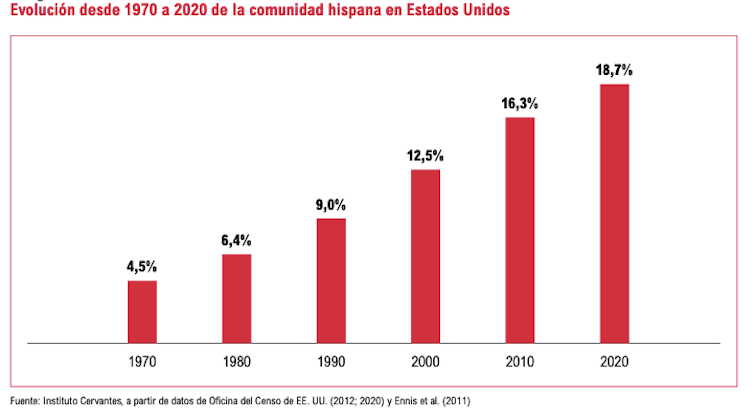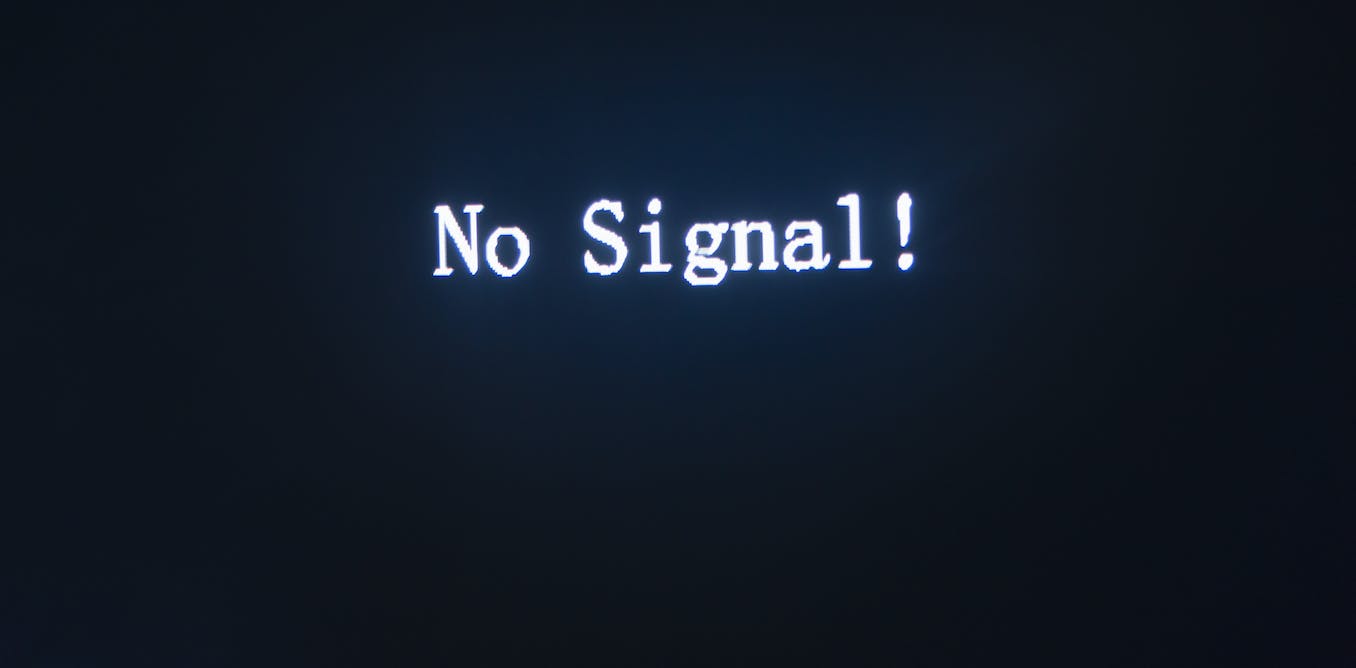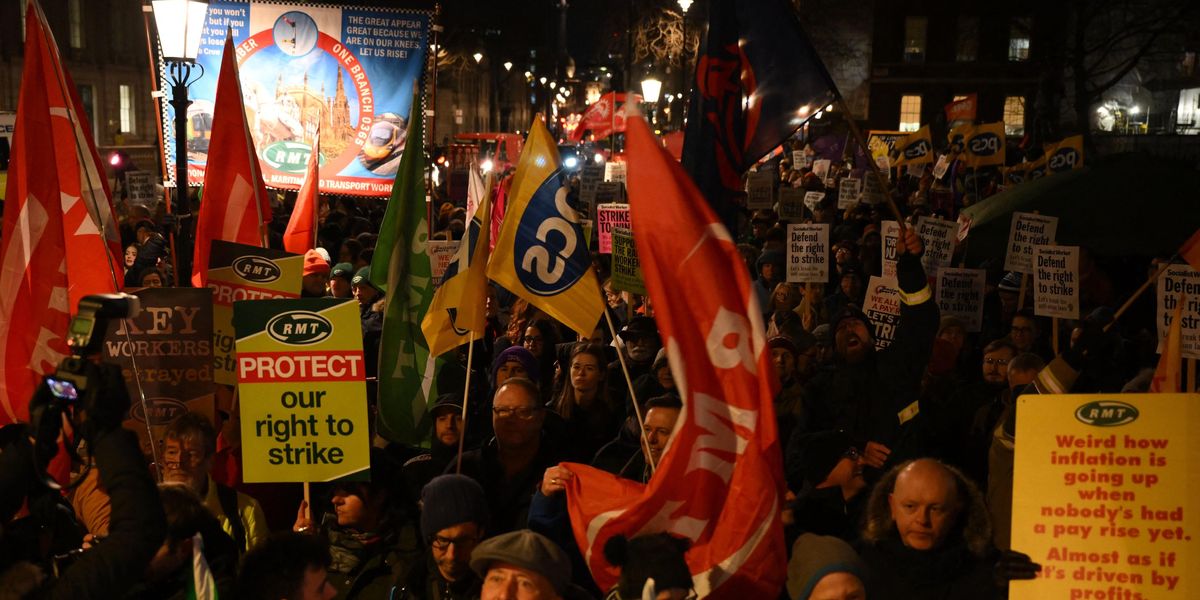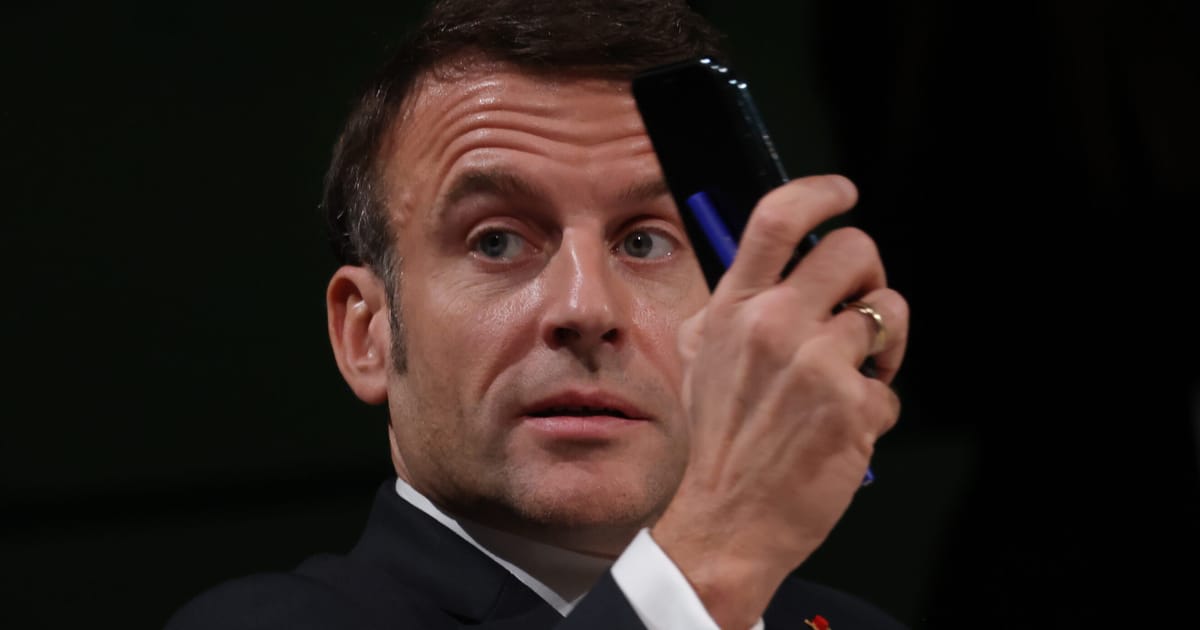In 2023, Urbano music (also known as “urban Latin”) dominated the international streaming charts. In fact, this genre – a broad sonic and geographic umbrella that includes Reggaeton, Dembow, Dancehall, Latin hip hop and others – now makes up almost a quarter of the charts on a global level.
This means you can now hear music in Spanish everywhere. Artists such as Bad Bunny, María Becerra and Manuel Turizo are omnipresent, from bars, gym classes, and parties to TV adverts. Even Hollywood is joining in, with Karol G’s “Watati” featuring on last summer’s Barbie soundtrack.
This explosion of Urbano music has, naturally, brought about a surge in international interest in Spanish, the third most widely spoken language on the planet with almost 600 million speakers. The potential audience for music in Spanish is even wider.
At the Nebrija Spanish Language Observatory we have analysed this phenomenon.
Visual, viral
On the internet, Spanish is the third most spoken language after English and Chinese. Reggaeton – a genre once considered niche – grew alongside, and thanks to, Youtube, as the platform provided an ecosystem where musical content could be shared for free.
Urbano music therefore owes much of its success in the first two decades of the 20th century to digital video sharing. There are many iconic cases of this, such as Daddy Yankee’s “Gasolina”, the global success of Luis Fonsi’s “Despacito” (also featuring Daddy Yankee) and Jennifer Lopez and Shakira’s 2020 Super Bowl performance, not to mention the ever present Puerto Rican megastar Bad Bunny over the last five years.
The data and indicators analysed in our study have allowed us to confirm that, over the last four years – especially in 2022 and the first half of 2023 – consumption and circulation of urban Latin music saw a marked increase, especially on music streaming services.
Going beyond ‘Spanglish’
The Hispanic music market has been a coveted target for decades. Many Italian singers in particular developed their careers by recording albums in Spanish to then sell records and tour throughout Latin America.
Interestingly, while Italian artists such as Eros Ramazzotti, Laura Pausini and Tiziano Ferro were performing in Spanish, the 1990s saw many Latin artists using a mix of English and Spanish (often dubbed “Spanglish”) to break into the English speaking market. You might recall the 1996 Democratic National Convention dancing to an English remix of “La Macarena”, or Ricky Martin raising the roof at the 1999 Grammys with “La copa de la vida”.
Today, this particular phenomenon has all but died out. Younger generations now see Spanish as a way of affirming a sense of pride in their Latin heritage.
The impact of migration
The spread of Urbano music is linked to migration, both within Latin American countries and internationally. For the Latin community, music transcends social and national boundaries, and builds bridges from the local to the global. This is especially significant in the American market.
Almost 489 million people speak Spanish as their mother tongue, making it second only to Mandarin Chinese. According to the International Organization for Migration, the United States is the most common intended destination for Latin migrants (68%), followed by Mexico (14%) and Canada (7%).
In the 2022 report “Spanish: a living language”, Spain’s Instituto Cervantes highlights that “the Hispanic community is, by far, the largest minority community in the USA”, with over 62 million US Americans defining their ethnicity as Hispanic. They make up 18.7% of the country’s population, significantly more than other minority ethnic groups such as Black (13.4%) and Asian (6%).
What kind of Spanish do you sing?
The current spread of Spanish is not being imposed by external forces, but rather, it is filtering organically into culture from the bottom up. In response to this global demand for Latin culture, Spanish is being, in a sense, marketed to an international audience.
Latin communities in general are not opposed to the prevalence of English, but they are resistant to standardised, anonymous, “neutral” forms of Spanish, or to changes in linguistic practice.
Spanish in Latin urban music often uses code switching to reach a more global audience: artists adopt expressions, slang and pronunciation from their regions or countries of origin. Even singers from other regions adopt them as a matter of course.
There are concrete examples of this. A particularly striking one is the pronunciation feature – called lambdacism – which changes the rolled “r” at the end of a word for an “l” sound. This is typical of Caribbean dialects, and in his track “Nadie sabe”, Bad Bunny defends this Puerto Rican idiosyncrasy, where his accent allows him to rhyme the word “mal” with “cambiar” and “mudar”:
“Las termino con la “L”, con la “R” suenan mal
Sin cojone’ me tiene la fama, nunca vo’a cambiar
Yo puedo mudarme de PR
Pero PR de mi alma nunca se podrá mudar”.
The lyrics translate as follows:
“I end words with an “L”, with an “R” they sound bad,
I don’t care what they say, I’m never going to change,
I can leave Puerto Rico
But Puerto Rico cannot leave my soul”
Urbano music is the product of musical networks that break down borders and ethnicities. Liguist and academic Julio Cañero Serrano has pointed out that, in a fascinating twist of fate, Latin artists have actually managed to reclaim “spaces – the music industry being one of them – from which they were traditionally excluded because they used Spanish”.
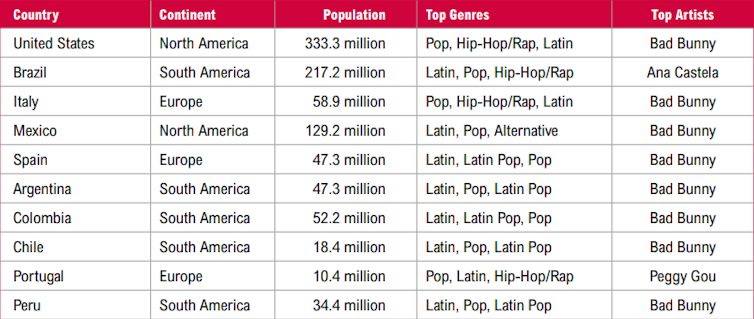
Taken from a study entitled ‘El boom de la música urbana latina y la expansión del español a nivel global’
It is striking that K-pop and J-pop (Korean and Japanese pop, respectively) tracks – popular among youth cultures across the world – have titles and choruses in Spanish. This is the case with “ケセラセラ”, a song by Japanese band Mrs. Green Apple which includes part of the lyrics to the famous song “Que Sera, Sera”
The diversification of languages in the charts points towards further expansion of Spanish, as Latin urban music shows no signs of slowing down. Although it might not have conquered the entire world yet, we can anticipate that this trend will continue.

